Typha angustifolia
Typha angustifolia
1. The products in our compound library are selected from thousands of unique natural products; 2. It has the characteristics of diverse structure, diverse sources and wide coverage of activities; 3. Provide information on the activity of products from major journals, patents and research reports around the world, providing theoretical direction and research basis for further research and screening; 4. Free combination according to the type, source, target and disease of natural product; 5. The compound powder is placed in a covered tube and then discharged into a 10 x 10 cryostat; 6. Transport in ice pack or dry ice pack. Please store it at -20 °C as soon as possible after receiving the product, and use it as soon as possible after opening.
Natural products/compounds from Typha angustifolia
- Cat.No. Product Name CAS Number COA
-
BCN4994
Typhaneoside104472-68-6
Instructions
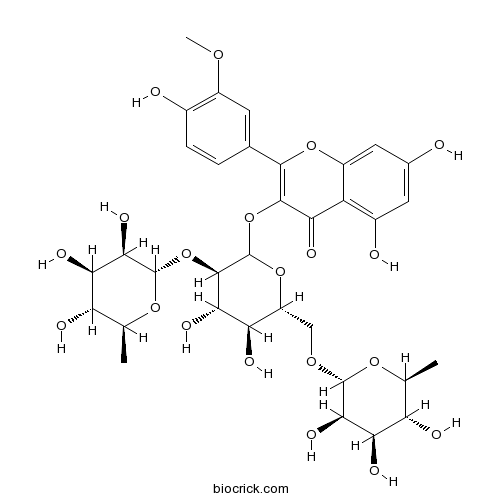
-
BCN2635
Lauric acid143-07-7
Instructions
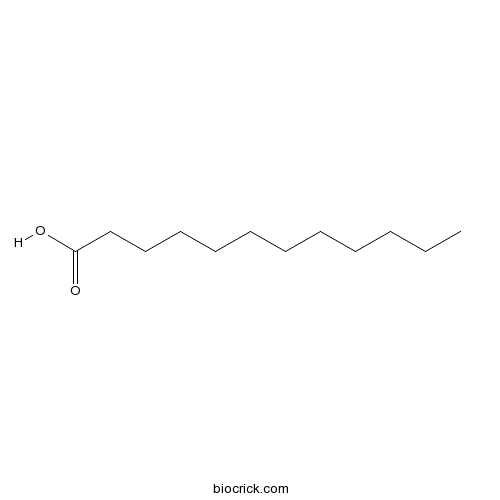
-
BCN0310
trans-p-Coumaric acid501-98-4
Instructions

-
BCN1234
Isorhamnetin-3-O-neohespeidoside55033-90-4
Instructions

-
BCN8328
Nicotinic acid59-67-6
Instructions
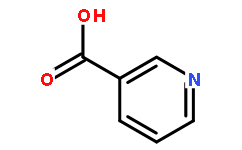
-
BCC5324
Hypoxanthine68-94-0
Instructions
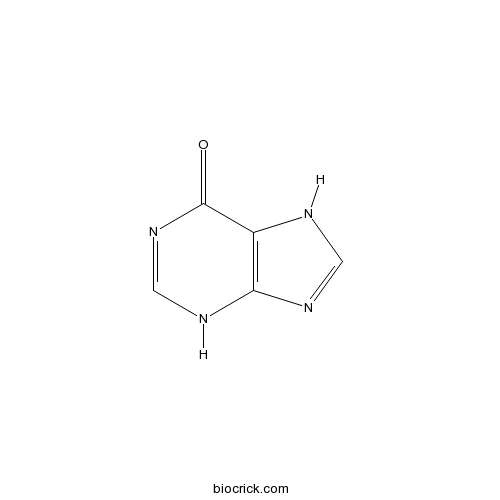
-
BCN4527
Allantoin97-59-6
Instructions
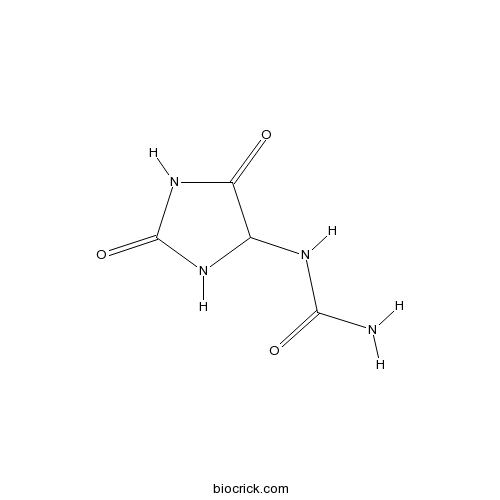
The potential phototoxicity of nano-scale ZnO induced by visible light on freshwater ecosystems.[Pubmed: 29894971]
With the development of nanotechnology, nanomaterials have been widely applied in anti-bacterial coating, electronic device, and personal care products. NanoZnO is one of the most used materials and its ecotoxicity has been extensively studied. To explore the potential phototoxicity of nanoZnO induced by visible light, we conducted a long-term experiment on litter decomposition of Typha angustifolia leaves with assessment of fungal multifaceted natures. After 158 d exposure, the decomposition rate of leaf litter was decreased by nanoZnO but no additional effect by visible light. However, visible light enhanced the inhibitory effect of nanoZnO on fungal sporulation rate due to light-induced dissolution of nanoZnO. On the contrary, enzymes such as β-glucosidase, cellobiohydrolase, and leucine-aminopeptidase were significantly increased by the interaction of nanoZnO and visible light, which led to high efficiency of leaf carbon decomposition. Furthermore, different treatments and exposure time separated fungal community associated with litter decomposition. Therefore, the study provided the evidence of the contribution of visible light to nanoparticle phototoxicity at the ecosystem level.
De novo transcriptomic analysis to identify differentially expressed genes during the process of aerenchyma formation in Typha angustifolia leaves.[Pubmed: 29625266]
Lysigenous aerenchyma is formed through programmed cell death (PCD) in Typha angustifolia leaves. However, the genome and transcriptome data for this species are unknown. To further elucidate the molecular basis of PCD during aerenchyma formation in T. angustifolia leaves, transcriptomic analysis of T. angustifolia leaves was performed using Illumina sequencing technology, revealing 73,821 unigenes that were produced by assembly of the reads in T1, T2 and T3 samples. The important pathways, such as programmed cell death (PCD), aerenchyma formation, and ethylene responsiveness were regulated by these unigenes. 1-aminocyclopropane-1-carboxylate synthase (ACS) and 1-aminocyclopropane-1-carboxylate oxidase (ACO) were highly up-regulated as key enzymes for ethylene synthesis, along with respiratory burst oxidase homolog (RBOH), metallothionein, calmodulin-like protein (CML), and polygalacturonase (PG), may collectively explain the PCD involved in T. angustifolia aerenchyma formation. We hypothesize that fermentation, metabolism and glycolysis generate ATP for PCD. We searched the 73,821 unigenes against protein databases, and 24,712 were annotated. Based on sequence homology, 16,012 of the 73,821 annotated unigenes were assigned to one or more Gene Ontology (GO) terms. Meanwhile, a total of 9537 unigenes were assigned to 126 pathways in the KEGG database. In summary, this investigation provides important guidelines for exploring the molecular mechanisms of aerenchyma formation in aquatic plants.
Taxonomic structure and function of seed-inhabiting bacterial microbiota from common reed (Phragmites australis) and narrowleaf cattail (Typha angustifolia L.).[Pubmed: 29455240]
The present study investigated the endophytic bacterial communities in the seeds of mature, natural common reed (Phragmites australis) and narrowleaf cattail (Typha angustifolia L.). Additionally, seed endophytic bacterial communities were compared with rhizospheric and root endophytic bacterial communities using Illumina-based sequencing. Seed endophytic bacterial communities were dominated by Proteobacteria (reed, 41.24%; cattail, 45.51%), followed by Bacteroidetes (reed, 12.01%; cattail, 10.41%), Planctomycetes (reed, 10.36%; cattail, 9.09%), Chloroflexi (reed, 8.72%; cattail, 6.45%), Thermotogae (reed, 5.43%; cattail, 6.11%), Tenericutes (reed, 3.63%; cattail, 3.97%) and Spirochaetes (reed, 3.32%; cattail, 3.90%). The dominant genera were Desulfobacter (reed, 8.02%; cattail, 8.96%), Geobacter (reed, 2.74%; cattail, 2.81%), Thiobacillus (reed, 2.71%; cattail, 2.41%), Sulfurimonas (reed, 2.47%; cattail, 2.31%), Methyloversatilis (reed, 2.29%; cattail, 2.05%) and Dechloromonas (reed, 1.13%; cattail, 1.48%). Obvious distinctions were observed among the respective rhizospheric, root endophytic and seed endophytic bacterial communities. Principal coordinate analysis with weighted UniFrac distance and the heat map analysis demonstrated that the seed endophytic bacterial communities were distinct assemblages rather than a subgroup of rhizobacterial communities or root endophytic bacterial communities. These results provide new information regarding endophytic bacteria associated with seeds of wetland plants and demonstrate a variety of genera that have a strong potential to enhance phytoremediation in the wetland ecosystem.
Synergistic phytoremediation of wastewater by two aquatic plants (Typha angustifolia and Eichhornia crassipes) and potential as biomass fuel.[Pubmed: 29209971]
None
Removal of 1,2-Dichloroethane from real industrial wastewater using a sub-surface batch system with Typha angustifolia L.[Pubmed: 28850808]
None
Pharmacokinetic comparison of two phenolic acids after oral administration of Typhae pollen to normal rats and rats with acute cold blood stasis.[Pubmed: 28622708]
Typhae Pollen, dried pollen of Typha angustifolia L., Typha orientalis Presl or other plants of the same genus (Typhaeceae), has the effect of activating the circulation to cure blood stasis in traditional Chinese Medicine. The purpose of this study was to set up an ultra-high performance liquid chromatography method that could determine p-hydroxybenzoic acid and vanillic acid simultaneously in rat plasma, and to compare their pharmacokinetics in normal rats and rats with acute cold blood stasis, and further to investigate the influence of different dosages of oral administration. The pharmacokinetic parameters obtained showed that both of the phenolic acids had a higher bioavailability in rats with cold blood stasis than that in normal rats with a higher area under the concentration-time curve and longer mean residence time, and the high dose oral administration group had a higher capacity in blood stasis rats than in normal rats. These results reminded us that changes in health condition could alter the absorption and elimination of both phenolic acids in vivo, and the pharmacokinetic study under pathological conditions provides important information for more rational drug use in clinical situations.
Co-plantation of aquatic macrophytes Typha angustifolia and Paspalum scrobiculatum for effective treatment of textile industry effluent.[Pubmed: 28531658]
None


